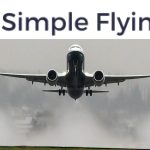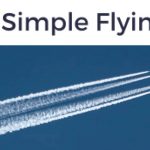Boeing – Pilot and Technician Outlook 2020-2039
IFA comment: Throughout this difficult period, effective training and an adequate supply of technical personnel remain critical to maintaining the health, safety and success of aviation.
Meeting the projected long-term demand will require a collective effort across the global aviation industry. As tens of thousands of pilots, technicians and cabin crew members reach retirement age over the next decade, educational outreach and career pathway programs will be essential to inspiring and recruiting the next generation.
While the current industry downturn, driven by COVID-19, has resulted in a temporary oversupply of qualified personnel, the long-term need remains robust. In recent decades, aviation has experienced external forces that have affected demand, such as 9/11, SARS and the Great Financial Crisis. Recovery has generally followed several years later, as the fundamentals driving passenger and air traffic demand remain strong.
Prior to the downturn, the commercial aviation industry was poised to experience a shortfall of qualified pilots and technicians. Analysis of new licenses and certificates issued over the past few years had indicated that the number of new personnel entering the industry was lagging demand. The short-term oversupply allows operators the opportunity to build their pipeline in anticipation of growth returning in the next few years.
Some personnel who are currently furloughed because of the market downturn will find employment in the government and business and general aviation sectors that have previously struggled with shortages amid surging commercial demand. Additionally, as commercial traffic demand returns in upcoming years, aspiring aviators will have the opportunity to fill open positions created by a combination of personnel retirements and fleet growth.
Amid challenges posed by COVID-19, the training industry has begun to adopt increasingly innovative solutions. Many providers have transitioned their offerings to online and virtual formats where possible, allowing students to continue their learning safely. Immersive technologies, adaptive learning and flexible distance learning methods are also being explored to enable optimum learning and knowledge retention. Investments in technology that are being made today will likely lead to a long-term fundamental shift in how training is conducted.
Competency-based training and assessment programs are gaining traction, which enables a shift from prescriptive, task-based training to a more holistic approach. Advances in adaptive learning capabilities, artificial intelligence and learner analytics will further personalize training to the individual student so that greater emphasis can be placed on closing knowledge gaps.
As the industry navigates the market downturn, effective training and an adequate supply of personnel remain critical to maintaining the health, safety and prosperity of the aviation ecosystem.
Link to Boeing website page for the full report including Methodology and chart.




